After the recent local elections in Northern Ireland, held on May 18, Sinn Féin became the largest party of local government in Northern Ireland. The party now has 144 seats across local councils, as opposed to the Democratic Unionist party’s 122.
This came only one year after Sinn Féin became the largest party in the Northern Ireland Assembly, marking the first time an Irish nationalist party won the most seats in an assembly election in Northern Ireland.
Equally important, for the first time, nationalists (those who want to leave the UK and unite with the Republic of Ireland) have won more seats than unionists (those who want Northern Ireland to remain part of the UK).
Belfast city council, for instance, a traditional unionist stronghold for decades, now has only 17 unionist councillors out of 60 seats.
Demographic shifts
In 1926, the population of today’s Northern Ireland was roughly two-thirds Protestant and one-third Catholic. This was one of the main reasons why Northerners decided to remain in union with the UK and not join the newly independent Irish Republic.
The data from the 2021 census reveal that now, for the first time ever, Northern Ireland has more Catholics than Protestants: 47.5% of people in Northern Ireland are either Catholic or from a Catholic background, while 43.5% are Protestant or from other Christian denominations. (https://www.theguardian.com/world/2022/sep/22/catholics-outnumber-protestants-northern-ireland-census)
The same is true when it comes to national identities: 51% of the Northern Irish people consider themselves non-British: 29% see themselves as exclusively Irish, 20% as Northern Irish, and 2% as Irish and Northern Irish.
42% identify as British: 32% exclusively British, 8% British and Northern Irish, and 2% British and Irish or British, Irish and Northern Irish.
The remaining 7% identify themselves as “other”. (https://www.irishtimes.com/ireland/2022/09/22/more-catholics-than-protestants-in-northern-ireland-for-first-time-census-finds/)
The percentage of people who said they were exclusively British fell from about 40% in 2011 to 32% today, while those who said they were exclusively Irish increased from 25% in 2011 to 29% in 2021.
All in all, people in Northern Ireland today are more Catholic than Protestant and more non-British than British. And the trend so far is in favor of Catholicism and non-Britishness. This demographic shift explains the results of the 2022 Assembly elections and the 2023 local elections.
The same demographic shift predicts nationalists will continue to win over unionists – and their victories will become increasingly overwhelming.
Why does this matter?
Brexit is largely seen as a reflection of English nationalism: while the English voted for “Leave”, the Scotts and the Northern Irish voted to remain in the European Union.
After the “Leave” camp won, the Scottish National Party (SNP) openly began campaigning for a second referendum for independence – and the polls suggest that, if the referendum will take place, chances are the Independence camp will win.
With Irish nationalism on the rise and with Sinn Féin dominating the Northern Ireland politics (not yet like SNP in Scotland, but increasingly so), it’s only a matter of time before the “Scottish way” will begin to be replicated in Northern Ireland too.
This ultimately means the (potential) dissolution of the United Kingdom. And this will have, without any doubt, global repercussions.

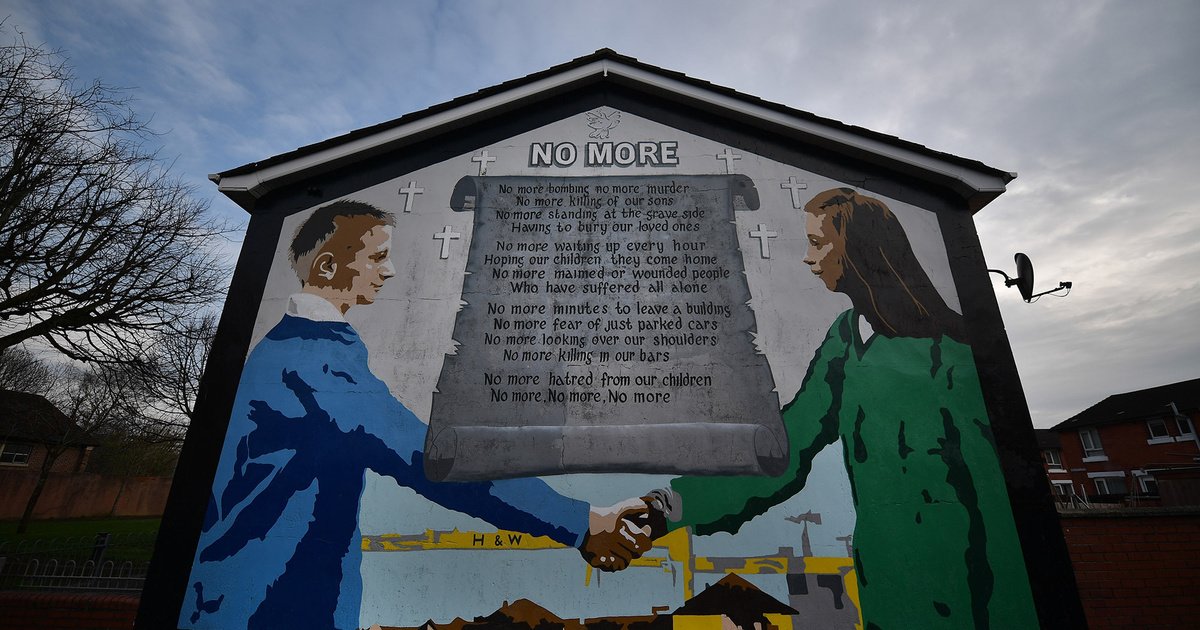

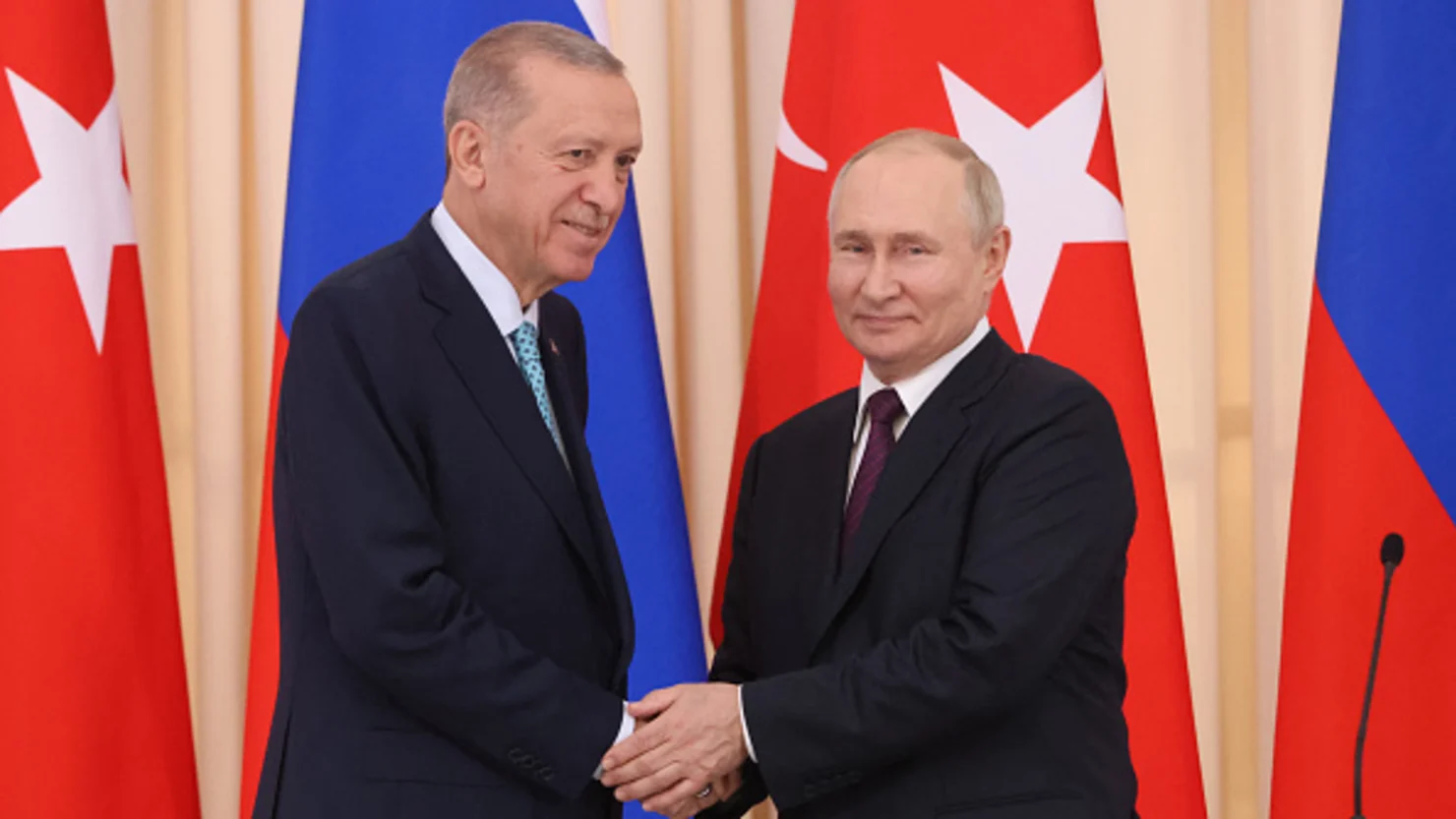
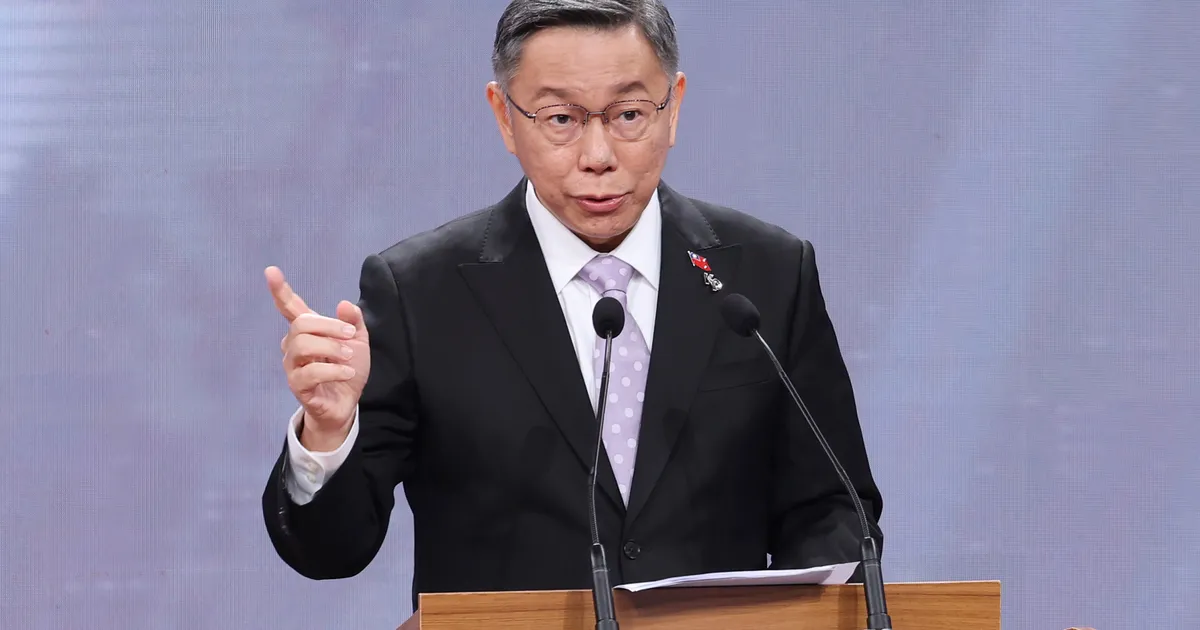


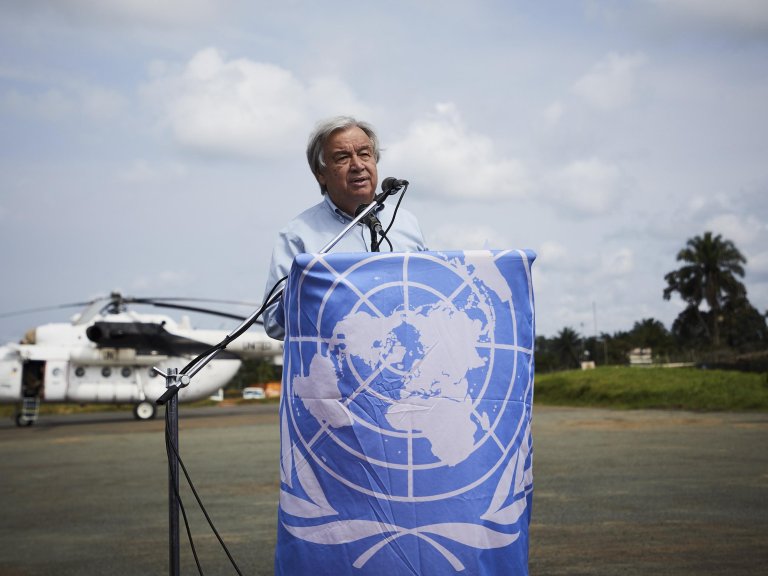
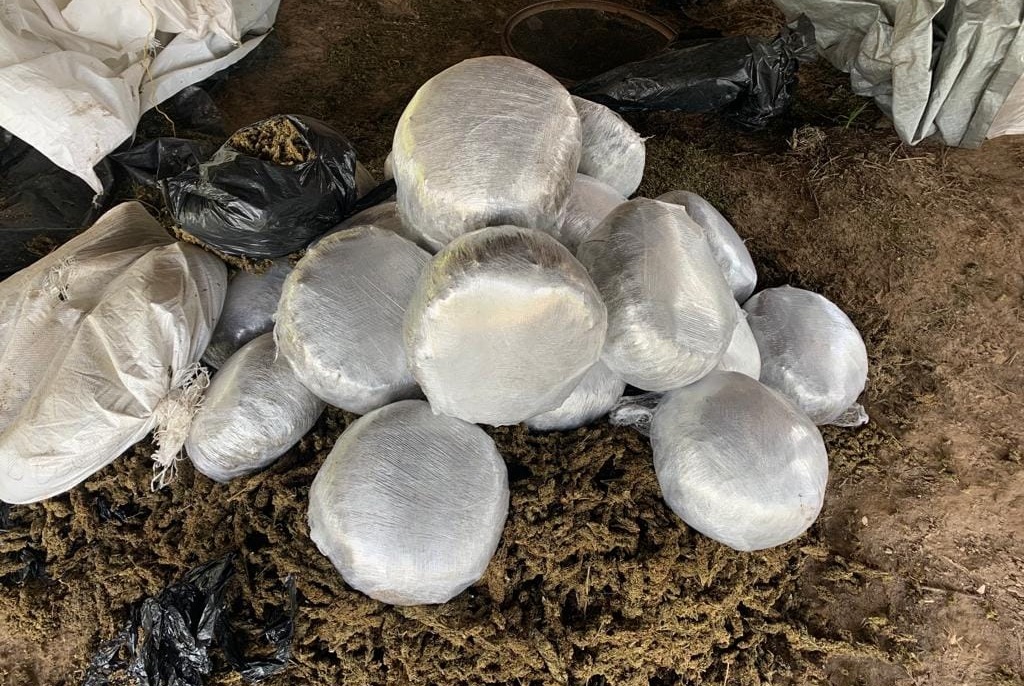
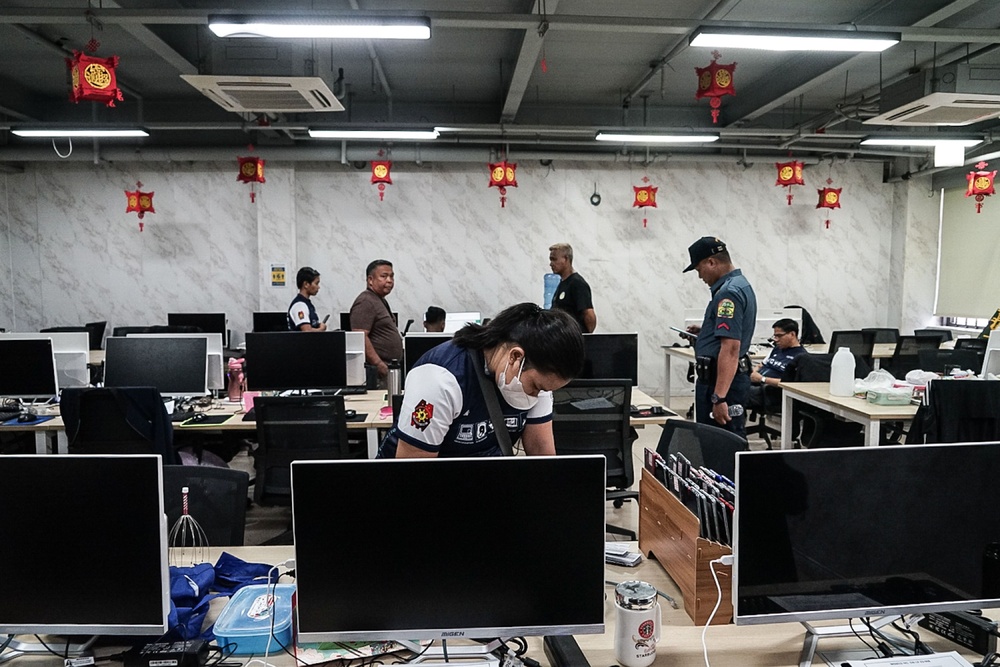
Trackbacks and Pingbacks